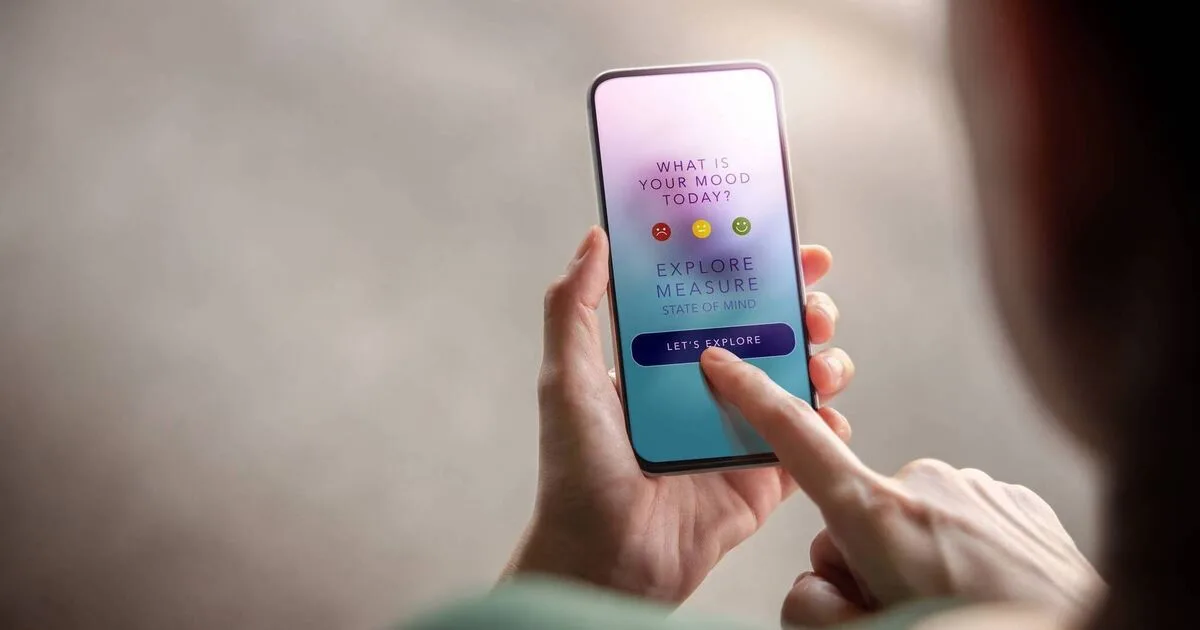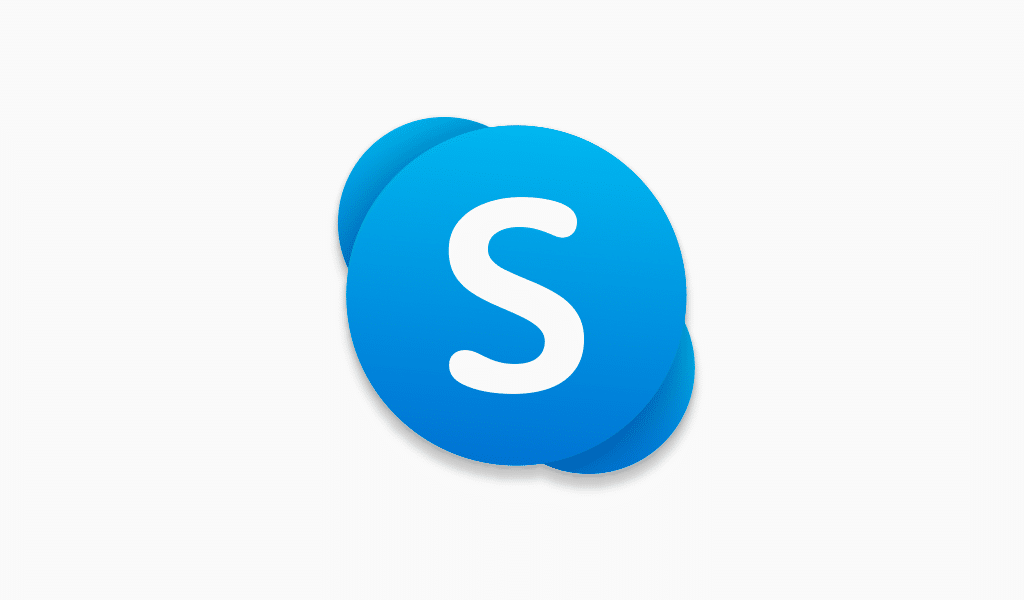A 28-year-old Indian develops an immersive art exhibition app called ‘Mahou’ for Apple’s Vision Pro headset
When Aditya Ganguly visited teamLab Planets in Toyosu, an interactive space that’s a combination of a museum, an art installation, and an amusement park southeast of the city centre on Tokyo Bay last July, he started thinking about replicating the experience for a wider audience using a headset.
“I felt a different level of energy in the room, and that was quite something. Since that day, I’ve been chasing this idea. I didn’t understand how this would work, but I’m going to get to the bottom of this and want to understand how one could sort of build something and bring it out to experience to more folks,” the 28-year-old Ganguly recalls how his visit to teamLab Planets inspired him to develop the art exhibition app.
A few months later, Ganguly met Apple executives in Singapore, pitched the idea to them, and the work on Mahou or (maa-ho) magic in Japanese began. The app finally debuted on the Vision Pro in February, becoming one of the few applications from India to support Apple’s mixed-reality headset natively.
Born and brought up in Delhi, Ganguly says he has always had a knack for technology, and wanted to use his background in psychology and combine it with technology to create something that involves user empathy. While working with the United Nations he created story-based gamified interactions for the time on a project around sexual well-being for adolescent youth, he recalls.
He gained exposure to interaction design and worked on a project with a Netherlands-based company with expertise in bringing digital interactions to museums. This was the first time Ganguly experienced virtual reality and understood its applicability. Later, he founded his startup Brevity, a media company that summarises nonfiction content from podcasts, books, and news articles. Eventually, Ganguly joined as a chief growth officer for Noida-based AR/VR company, Simulanis, which gave him exposure to lead sales and marketing alongside the development of immersive products aimed at B2B clients. His last stint was with Gurgaon-based Zupee where Ganguly worked as a product manager before founding Omoi Studio and working full time in developing applications.
Ganguly says he chose the Vision Pro as the device for the app because of the headset’s sheer rendering power and exquisite displays, making it apt to recreate immersive art experiences. Just like a trip to a virtual wonderland, he says, as one would experience in the Van Gogh immersive art exhibition, for example, where upcoming technologies such as augmented reality and virtual reality serve both as tools for artistic creation and as mediums for 360-degree storytelling.
“Imagine you are surrounded by four walls, and there is a projection on the surface as well as you’ll see in the video. But running such content coming from five different directions requires high quality… 4K-level of content being projected on a large scale. This is the sort of processing power that’s required to do something like that. I don’t feel that has existed before, but the Vision Pro can bring it. That’s the idea: you put on the headset and you get immersed in these experiences,” he explains.
Going through phases
Ganguly started working on the app last November, and the target was to launch Mahou the day the Vision Pro went on sale in the US. Ganguly says the Apple team from Singapore was heavily involved, from testing the app, naming, and the type of content that goes into the app, just to ensure that Mahou would be among the native applications to make it on the day the headset goes on sale.
To develop the app, Ganguly used native technologies within the Apple ecosystem. For example, the base for the exhibitions has been designed in Reality Composer Pro while the app has been built with Swift-SwiftUI.
Mahou takes advantage of everything the Vision Pro has to offer – both in terms of tech and features. “We are in a completely immersive environment, and all you have are just gesture-based navigation controls supported on the Vision Pro. That required us to design our app around the headset’s hand gestures, so that has taken a lot of iterations.”
“I won’t deny there are a lot of great use cases where having those controllers helps, but the kind of user-friendliness where you don’t have to hold any controllers, we are just looking and tapping. I think that user-friendliness adds a new dimension to the app,” he adds.
Ganguly says the Mahou app has gone through many iterations internally before the version that’s live on the Vision Pro App Store. “There was one iteration we launched, which worked amazingly well on the simulator, but when we tested it on the device, it crashed,” Ganguly says, acknowledging that every app goes through phases, and it’s a learning process that never ends.
Four exhibitions
Mahou draws inspiration from interactive art exhibitions like Teamlabs and Arte M, offering galleries of immersive and surreal installations where artworks move out of rooms and intermingle without boundaries. “It feels like entering another realm, and you are part of the canvas,” Ganguly describes what it is like to experience interactive digital art installations.
Now, this concept has been mirrored and brought to the Vision Pro headset through Ganguly’s Mahou app. Currently, Mahou offers four exhibitions, out of which three are live. The flagship exhibition is called “Absolute Classics,” featuring exhibits from 17 legendary artists, including Leonardo da Vinci, Hokusai, and Raja Ravi Varma. What Ganguly and his team have done is taken their artwork, added motion designs to them, and projected them in a way that everything feels alive, doubling down on immersiveness and placing visitors at the centre of the story. “When you see the work by the Swedish artist Anna Palm de Rosa, it feels like one large art piece, but it is three different art pieces that are meticulously combined to give visitors a sense of immersion as if the artwork comes alive.”
Another exhibition, dubbed “Abstract Calm,” as Ganguly describes it, is like those “trippy experiences” where mandalas and fractals are projected all around you, and the spatial sound on top of it makes the experience very meditative. “There is a large fractal on the wall, and when you pinch towards it, and you are slowly moving towards it, it’s getting larger in your face, and then the meditative spatial sound plays in the background,” he says. Meanwhile, “Cosmic Dance” is remodelled on the famous Sphere in Vegas, where you enter a large dome-like structure and get immersed.
Ganguly says during the app’s development phase, he had envisioned experiences lasting anywhere between 40 to 45 minutes, similar to the time one spends in physical art exhibitions or museums that offer multi-sensory digital art exhibits. However, Ganguly realised that 10 to 15 minutes would be the ideal time to begin with, given how new these experiences might be for users, many of whom would be using a headset like the Vision Pro for the first time. The length of time that Ganguly settled for the digital art exhibits reflects very much on the nature of the Vision Pro, considering its form factor and weight, which are best suited for experiences that come under 30 minutes.
‘Pause and observe’
For Ganguly, the biggest challenge while developing Mahou was providing the best immersive experience on a headset that strives to be better than visiting an offline exhibition. “In a traditional sense, you would be walking around the entire room and taking in the sights, versus most people experiencing this kind of environment where you’re just sitting,” he says.
But Ganguly says he made it possible for visitors to move around, observe things, and play and pause when looking at the artwork. “In an offline experience, you don’t have control; it’s just going on and on. But here, you can pause and observe a particular artwork,” he says.
Ganguly says perfecting the experience and cracking the interactions was hard to accomplish. “If you just sit down and look around, you will get a sense of it, and that’s quite something, but controls and everything, I think we are still iterating upon.”
Ganguly says Mahou works because setting up and operating interactive digital art museums requires huge budgets. This doesn’t guarantee that the costs can be recouped with ticket prices alone. But then, these immersive spaces are limited by infrastructure, which isn’t the case with Mahou – after all, it’s a digital platform that is accessible to all if they own Apple’s Vision Pro headset. “The beauty of operating digitally is that you get the flexibility of different spaces and have more control over the entire experience as a viewer.”
‘Netflix of immersive art experiences’
Ganguly is charging $10 for Mahou, which is a one-time payment to experience the art exhibition app. Ganguly argues that the price is justified and mirrors the business model the industry is increasingly adopting. He cites the example of Sony and Nintendo now charging $70 for a first-party exclusive game. “We are in the very early days, but once there’s a quantum of content, we would want to move to a freemium model where you come in, pay $30, and year-round, you have these different artists coming on the platform, creating these fantastic exhibitions for you to enjoy,” he says.
Ganguly is closely looking at how Netflix operates, which is that of a subscription-led model where you can visit an exhibition multiple times. For now, though, Ganguly will stick to the business model where you pay $10 and get access to all the exhibitions under one roof.
Ultimately, Ganguly envisions making Mahou the “Netflix of immersive art experiences”. “We have put in a lot of intelligence on top of the app, such as tracking how many times you attend an exhibition and how much time you spend with each exhibition,” he says, adding that the end goal is to scale up Mahou and that would depend on the consumer reception.
Ganguly is currently in discussions with motion artists and muralists from the UK, Canada, India, and other countries, who have already worked in the immersive field, to collaborate and bring new types of immersive experiences to Mahou.



